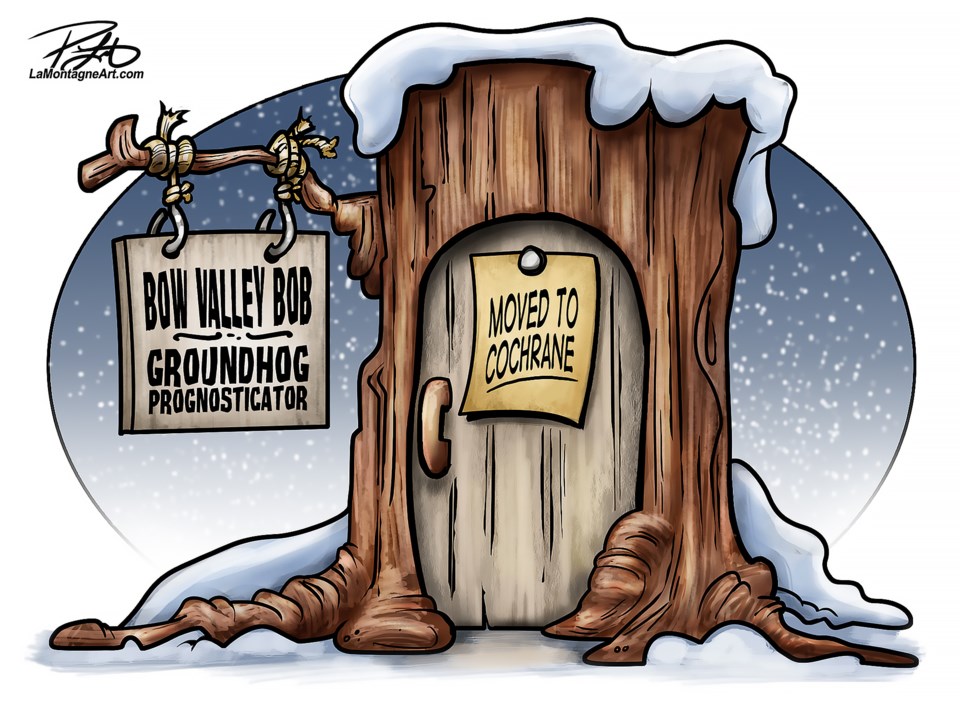Discussing the lack of housing – specifically the affordable kind – in the Bow Valley can quickly sound like a broken record.
In its 21 years reporting on the community, the editorial pages of the Outlook have spurred countless articles and editorials on the perpetually available forms of housing in the community. It would be too difficult to count, but look in the backlog of the newspaper’s editions and it would be hard to go more than a few issues without seeing the topic come up.
It can be a frustrating and tiring conversation, but have you really talked to a valley resident if you don’t discuss the cost and struggle to find housing in the community?
A key cog in the housing dilemma in the community is the lack of teeth in the Residential Tenancies Act. The act, like most legislation in the province, largely benefits one sector – in this case, landowners. That’s not to say landowners shouldn’t reap some benefit, but when the ball is only ever on one side of the court, there’s a problem.
In its existing model, landowners can raise rent as little or as high as they like. What may cost $1,500 today could simply increase to $2,500 with as little as 30 days’ notice. It’s a failure in the system that has left far too many people behind.
The Ontario Residential Tenancies Act provides numerous protections for renters such as rent increases for most units being capped each year, strict regulations around what can and can’t be charged and specific timelines for both renters and landlords to follow.
Though the Doug Ford Conservative government has done its best to whittle away and erode such control, decades of enshrined legislation have continued to protect renters.
British Columbia, Manitoba and Prince Edward Island also have forms of rent control that work to varying degrees. Though not perfect, and exemptions exist in each legislation, it’s better than none at all.
Aspects of the development industry – particularly larger companies who can afford constructing multi-storey apartment buildings – could argue with rent control, why build such projects when they can build something without rent controls.
The industry would also point to providing multiple forms of housing and an increased supply as assisting in easing demand, which would aid in bringing costs down.
Neither arguments are without merit, but a certain chord has to be struck between both landlords and renters.
When it comes to housing, there’s few human needs more important. Without shelter, a person’s situation can quickly become dire.
Many see housing as another economic tool to receive profit, but when you gradually grow a monetization market that relies on a key component in survival, it only serves to widen the gap between the haves and the have-nots.
In the valley, the supply and cost of housing has become an annual right of passage for why people leave the area.
The Banff Housing Corporation and Canmore Community Housing have shown to be successful in providing affordable housing in both communities, but the largest issue has been and will always be supply.
In the Alberta government’s report 2022 apartment vacancy and rental cost survey released in Dec. 2022, Banff led the highest rental costs for one-, two- and four-bedroom units in the province. The average one-bedroom was $817, with Banff at $1,850. The average two-bedroom was $932 and Banff was $3,000. The vacancy rate was 0.3 per cent.
According to the Job Resource Centre’s fall labour market review, the average rental rate for a one-bedroom in Canmore is $1,824 – an increase from $1,587 in the spring. It jumps to $2,285 for a two-bedroom which was $2,285 in the spring and $3,754 for a three-bedroom, while the average price with a roommate is $937 and a studio/bachelor is $1,200.
Housing costs in either community are only likely to rise rather than lessen, especially as people from across the world aim to make the valley home.
However, for an even balance to be successful, it means both renters and landowners not completely taking advantage of one another.
Provincial governments can say they represent the people, but actions always speak louder than words.
In this case, successive Alberta governments have continued to fail residents when it comes to rental protection.




